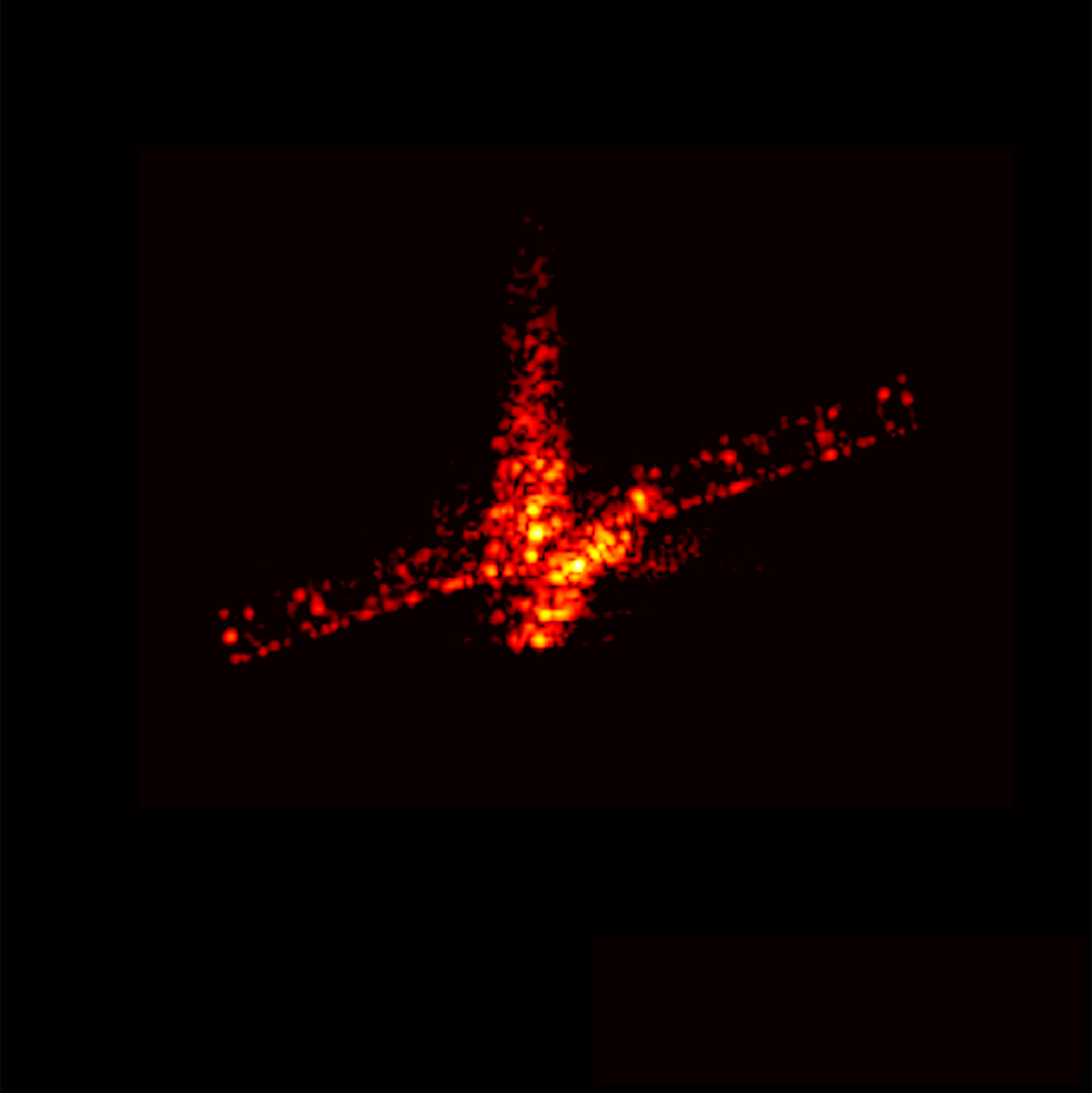Looking at the ground track, the path on Earth that Aeolus was likely to fly over, it was clear that the Fraunhofer Institute in Germany would get a good view. Using their 34-m TIRA radar antenna, they tracked Aeolus at around 18:20 CEST for about four minutes.
“Spacecraft operators are used to being in a dialogue with their missions, but debris can’t talk. These final observations confirmed that Aeolus’s final burn had gone well and that the now ‘dead’ satellite had gotten into the expected elliptical orbit, with a minimum altitude of 120km,” explains Benjamin Bastida Virgili, expert in ESA’s Space Debris Office.
“If you think of Aeolus’s path as a slightly squashed circle, rather than a line, that circle was getting smaller and more circular as it returned, but its altitude would still go up and down. We used this orbit information to compute a new estimate of Aeolus’s reentry time, which occurred just over two hours later and on our planned ground track.”

Final images of Aeolus during its brief phase as space debris. (Note that the color in these final images represents the radar echo intensity, not temperature.) Image credit: Fraunhofer FHR
This was the last time the mission teams saw Aeolus. Still whole, it was just two hours from falling to pieces in Earth’s atmosphere over Antarctica, far from inhabited regions. At around 20:40 CEST, for about two minutes, Aeolus became a fireball – a temporary shooting star in the atmosphere.
“Normally, once a mission goes into the nose of its rocket and the fairing closes around it, that’s the last time we expect ever to see it,” says Aeolus Mission Manager Tommaso Parrinello.
“With Aeolus, in a remarkable example of sustainable spaceflight and responsible operations, we stayed with the mission for as long as we could, guiding its return as much as it was possible to do, and these images are our final farewell to the mission we all miss, but whose legacy lives on.”
Source: European Space Agency

